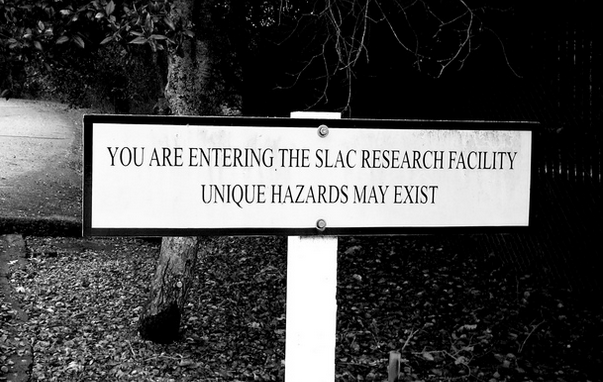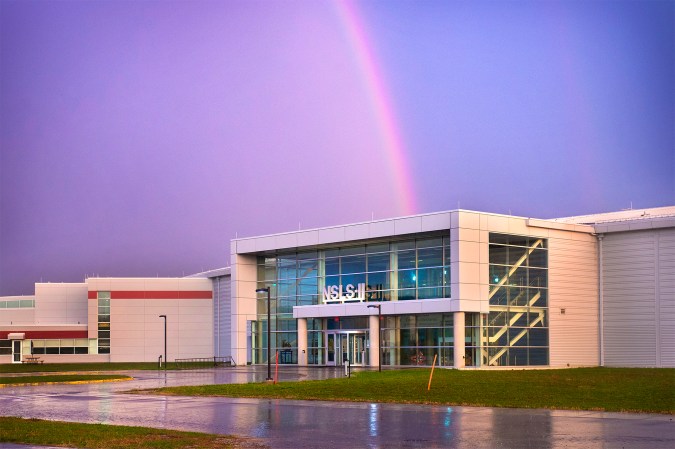

Over the course of four Thursdays in November 1915, Albert Einstein stood before the Prussian Academy in Berlin and unveiled a set of equations that upended our ideas about space and time. A century later, his grand project remains frustratingly incomplete. Sure, the general theory of relativity has become the foundation of our modern understanding of the big bang, black holes, and gravity itself—but crucial parts of it remain unverified.
One unproved prediction is that an accelerating mass should create gravitational waves, like the ripples from a boat sailing across the surface of a lake. In July, the hunt for those waves will heat up with the launch of a detector called Lisa Pathfinder, which will test technology for a new gravitational wave observatory in space. Starting in 2015, two earthbound experiments, Advanced Ligo and Advanced Virgo, will be brought online. They should be able to pick up gravitational disturbances from exploding stars. Another test will examine the motions of a triple-star system called PSR J0337+1715 to check if gravity behaves the same toward all kinds of matter, as Einstein believed.
Some scientists suspect other aspects of relativity are just flat-out wrong. For years, cosmologists have observed dramatic, unexplained movements of galaxies. Those motions are normally attributed to hypothetical dark matter and dark energy, but at a series of conferences this year, physicists will explore the possibility that gravity simply doesn’t work the way Einstein thought. And then there’s the elephant in the lab: General relativity clashes with quantum mechanics. Attempts to reconcile them have so far yielded nothing but endless, inconclusive papers about string theory.
Physicists’ greatest hope for 2015, then, is that one of these experiments will show where Einstein got off track, so someone else can jump in and get closer to his long-sought “theory of everything.”
This article is part of our annual “Year In Ideas” package, which looks forward to the most important science stories we can expect in the coming year. It was originally published in the January 2015 issue of Popular Science.

![Watch Raindrops Make Asteroid-Like Collisions [Slo-Mo Video]](https://www.popsci.com/wp-content/uploads/2019/03/18/7OHFEMO737OKTM4DW5OYTLV2K4.png?w=958)













